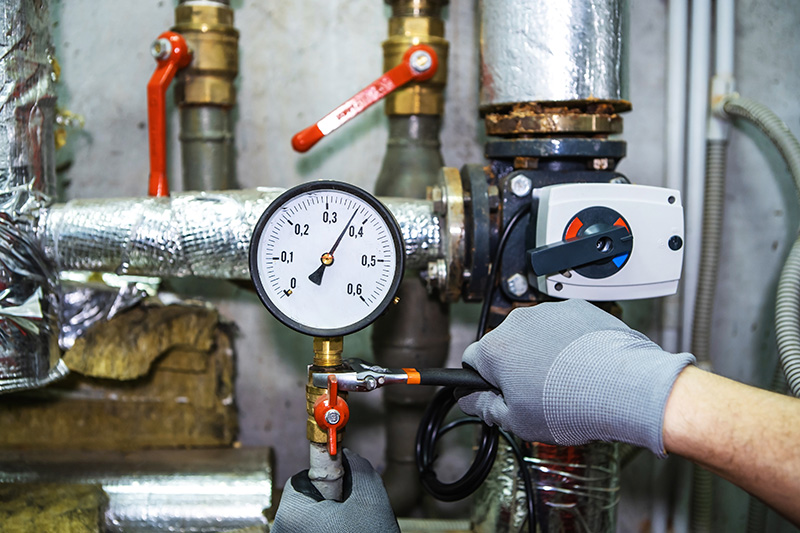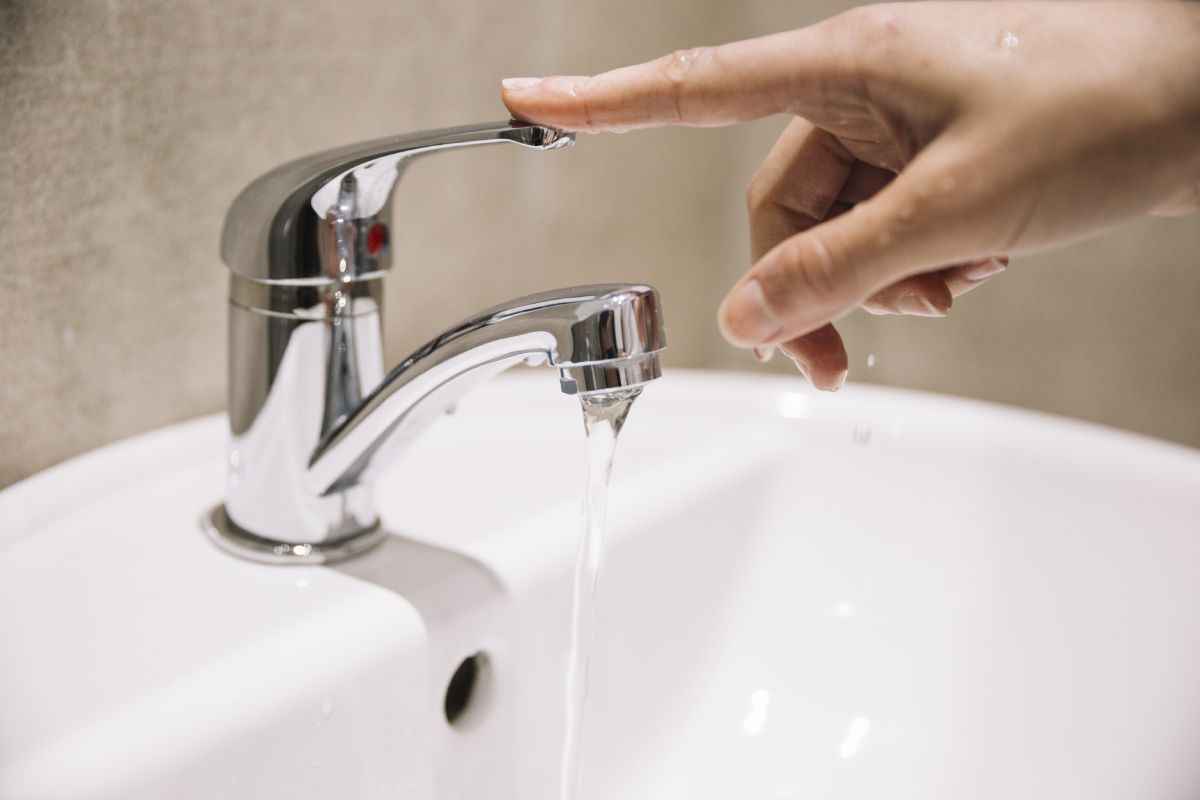Verified Techniques for Dealing with Low Water Pressure in Your Home
Verified Techniques for Dealing with Low Water Pressure in Your Home
Blog Article
The publisher is making several great observations regarding 4 Ways to Troubleshoot Low Water Pressure in general in the content following next.

Low water pressure in your house can be an aggravating trouble, affecting whatever from showering to washing dishes. If you're experiencing weak water flow, there are numerous feasible causes and remedies to explore. In this overview, we'll review typical reasons for low tide stress and practical steps to deal with the issue efficiently.
Introduction to Low Tide Stress
Low tide pressure occurs when the circulation of water from your faucets, showers, and other fixtures is weak than common. This can make daily jobs a lot more challenging and less effective. Recognizing the causes of low tide stress is vital to discovering the appropriate remedy.
Common Causes of Low Water Stress
Faulty Stress Regulatory Authorities
Stress regulators are accountable for preserving constant water stress in your house. If they malfunction, it can lead to low water pressure or uneven circulation throughout the house.
Local Supply Of Water Issues
Sometimes, the problem exists outside your home. Local water supply problems, such as main line leakages or upkeep job, can briefly decrease water pressure in your location.
Pipe Obstructions
Gradually, pipes can come to be clogged with mineral deposits, sediment, or particles, restricting the flow of water. This is a common concern in older homes with galvanized steel pipes.
Deterioration
Deterioration within pipes can cause leaks and decreased water stress. Corrosion buildup can tighten water circulation, especially in maturing plumbing systems.
Exactly How to Detect Low Tide Stress
Evaluating Pipelines
Examine visible pipelines for signs of leaks, rust, or obstructions. Take notice of any type of unusual audios, such as knocking or rattling pipes, which might suggest concerns within the plumbing system.
Consulting with a Plumber
If you're unable to pinpoint the reason for low water pressure, consider employing an expert plumber to conduct an extensive examination. They can recognize underlying concerns and recommend appropriate remedies.
Examining Taps and Components
Beginning by evaluating the water pressure at different faucets and fixtures throughout your home. If the issue is isolated to details locations, it might suggest localized troubles.
DIY Solutions to Repair Low Tide Pressure
Flushing Water Heater
Debris accumulation in the water heater can limit circulation and reduce efficiency. Purging the storage tank regularly assists eliminate debris and keep optimal performance.
Inspecting Stress Regulator
Make certain that the stress regulatory authority is functioning properly. Changing or replacing the regulator can help bring back correct water stress throughout your home.
Cleaning Aerators and Showerheads
Natural resources can accumulate in aerators and showerheads, decreasing water circulation. Get rid of and clean these components on a regular basis to improve water stress.
Cleaning Clogs in Pipeline
For minor obstructions, try utilizing a plumbing serpent or chemical drain cleaner to clear obstructions in pipelines. Be cautious when making use of chemicals and comply with safety and security guidelines.
When to Call a Specialist Plumber
If do it yourself initiatives fail to solve the problem or if you believe significant plumbing problems, it's finest to seek aid from a qualified plumber. They have the competence and devices to deal with intricate problems securely and properly.
Safety Nets to Preserve Water Stress
Mounting a Stress Booster
Consider mounting a pressure booster pump to boost water stress in areas with consistently reduced circulation. This can be especially beneficial for multi-story homes or homes with high-demand fixtures.
Tracking Water Use
Be mindful of water use habits and prevent overtaxing the plumbing system. Straightforward changes, such as astonishing showers and laundry loads, can aid preserve appropriate water pressure.
Normal Upkeep
Schedule routine maintenance for your plumbing system to stop issues such as rust, leaks, and clogs. Addressing minor problems early can aid avoid even more considerable repair services later on.
Conclusion
Handling low water pressure can be aggravating, but recognizing the underlying reasons and implementing appropriate options can bring back optimum flow throughout your home. Whether it's cleansing aerators, evaluating pipes, or consulting with a plumber, taking aggressive actions can make sure a stable supply of water for your daily requirements.
FOUR WAYS TO FIX LOW WATER PRESSURE NOW
Turning on a shower or faucet only to find the water comes out in a sad, slow drizzle is never a good feeling. How exactly are you supposed to wash a pan or take a quick shower when it takes 10 minutes just to rinse off a little soap? The good news is that when your water pressure is bad, there's always a cause: typically one that can be easily fixed. Here are some of the most common causes of low pressure and what you can do to fix the issue:
DEBRIS AND MINERAL DEPOSIT BUILDUPS
If you notice low water pressure from just one or two of the fixtures in your house, the problem likely has to do with debris buildup. Water is full of minerals and other debris, all of which can accumulate in your pipes and on your fixtures. This can cause a blockage that affects how much water flows through. To fix this, try filling a small plastic bag with white vinegar, and use a rubber band to hang it around your showerhead or faucet. Let the head of the fixture soak for a few hours, and the vinegar should loosen the deposits.
WATER LEAKS
Leaks are another common cause of low water pressure. If water is flowing out of your plumbing through a hole or crack before it can reach your fixture, the pressure coming out of the faucet or showerhead will be lower. A plumbing professional is your best bet for finding and repairing a leak in your water supply pipes.
Leaks are another common cause of low water pressure. If water is flowing out of your plumbing through a hole or crack before it can reach your fixture, the pressure coming out of the faucet or showerhead will be lower. A plumbing professional is your best bet for finding and repairing a leak in your water supply pipes.
A VALVE ISSUE
If you have low water pressure throughout your home, check your main shut-off valve to make sure it's completely open. You may also want to see if there's a pressure-reducing valve installed. If there is, have a plumber help you adjust the settings to get the pressure you're looking for.
OTHERS USING WATER
Believe it or not, your low water pressure could be caused by your neighbors. If you notice low pressure at certain times of day, it may be because you and the people living next to you have similar schedules - when everyone is showering at the same time, the pressure will be lower in every home. Low pressure throughout the neighborhood may also be caused by an issue with your municipal water supply. If that's the case, call the supplier to see if they're working on the issue.
https://www.rotorooter.com/blog/water-leaking/low-water-pressure-fixes/

I found that entry on 4 Ways to Troubleshoot Low Water Pressure while doing a search on the internet. Feel free to take the opportunity to promote this article if you enjoyed it. Thank you for being here. Don't hesitate to check our website back soon.
Contact Us Report this page